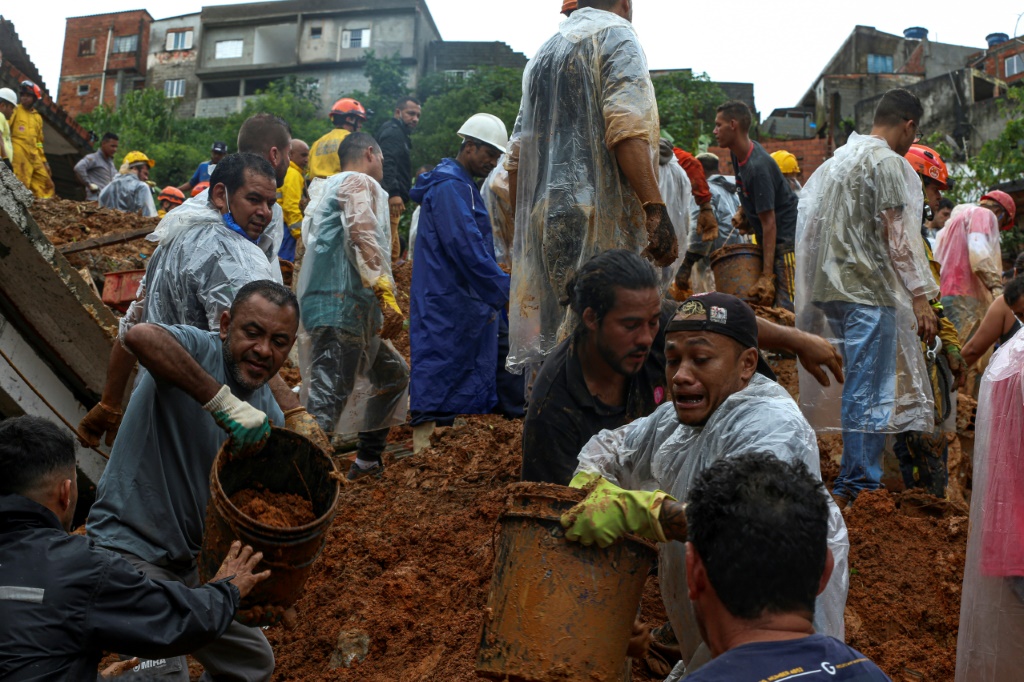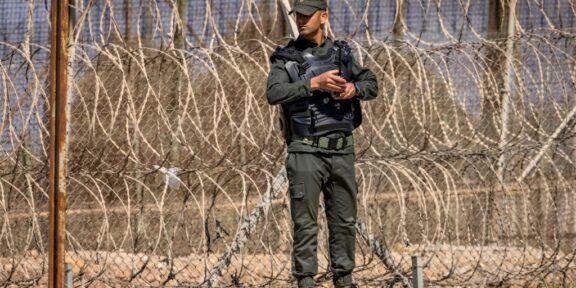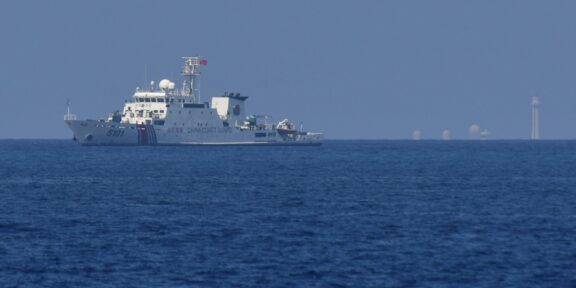Knee-deep in the mud left by a horrific landslide in southeastern Brazil, dozens of rescue workers and volunteers raced Monday to find any remaining survivors before it was too late.

Floods and landslides triggered by torrential rains have killed at least 24 people, including eight children, since Friday in the state of Sao Paulo, Brazil’s industrial hub and home to 46 million people.
In the city of Franco da Rocha, where a landslide killed at least eight people, residents said they could still hear victims stuck in the mud calling out for help Sunday.
But their cries could no longer be heard on Monday, turning the search for 10 people who are still missing increasingly desperate.
“We’ve managed to pull out 13 people. Unfortunately, only five of them were still alive,” said rescue officer Alessandro da Silva, as his team dug through the abyss left by a tidal wave of brown and ochre mud that wiped out everything in its path in Franco da Rocha, located 40 kilometers (25 miles) north of Sao Paulo city.
“We’ll keep up the search until all the missing are found,” he told AFP.
The disaster zone was strewn with red bricks, corrugated-metal roofs and other remains of overturned and eviscerated houses.

Above, other houses were perched precariously at the edge of the newly formed abyss.
As a dozen rescue workers in helmets and yellow uniforms shoveled through the ruins, volunteers formed a long chain to carry out buckets filled with mud.
“There are three bodies by my neighbor’s place, in a ravine behind a wall. There’s a father clutching his child. They’ll have to break the wall to get them out,” said resident Julio Bezerra da Silva, speaking before rescue workers extracted the bodies.
“The rescue workers think there are still more people in the mud. I pray to God there are survivors,” said Da Silva, a 57-year-old resident of Parque Paulista, the working-class neighborhood hit by the tragedy.
“Yesterday, we could still hear people calling for help. But not today.”
– Deadly rainy season –
Deadly landslides are a frequent occurrence in Brazil during the rainy season.

As in Franco da Rocha, they often hit shoddily built hillside houses that are the homes of the poor.
Sao Paulo Governor Joao Doria released 15 million reais ($2.8 million) in emergency funds to help the state’s 10 hardest-hit cities.
Brazil has been swept by heavy storms since the rainy season started in October, notably in the northeastern state of Bahia, where 24 people died, and in Minas Gerais, in the southeast, where at least 19 were killed and thousands forced from their homes.
Experts say the heavy rains are being caused by La Nina, the cyclical cooling of the Pacific Ocean, and by the impact of climate change more broadly.Knee-deep in the mud left by a horrific landslide in southeastern Brazil, dozens of rescue workers and volunteers raced Monday to find any remaining survivors before it was too late.
Floods and landslides triggered by torrential rains have killed at least 24 people, including eight children, since Friday in the state of Sao Paulo, Brazil’s industrial hub and home to 46 million people.
In the city of Franco da Rocha, where a landslide killed at least eight people, residents said they could still hear victims stuck in the mud calling out for help Sunday.
But their cries could no longer be heard on Monday, turning the search for 10 people who are still missing increasingly desperate.
“We’ve managed to pull out 13 people. Unfortunately, only five of them were still alive,” said rescue officer Alessandro da Silva, as his team dug through the abyss left by a tidal wave of brown and ochre mud that wiped out everything in its path in Franco da Rocha, located 40 kilometers (25 miles) north of Sao Paulo city.
“We’ll keep up the search until all the missing are found,” he told AFP.
The disaster zone was strewn with red bricks, corrugated-metal roofs and other remains of overturned and eviscerated houses.
Above, other houses were perched precariously at the edge of the newly formed abyss.
As a dozen rescue workers in helmets and yellow uniforms shoveled through the ruins, volunteers formed a long chain to carry out buckets filled with mud.
“There are three bodies by my neighbor’s place, in a ravine behind a wall. There’s a father clutching his child. They’ll have to break the wall to get them out,” said resident Julio Bezerra da Silva, speaking before rescue workers extracted the bodies.
“The rescue workers think there are still more people in the mud. I pray to God there are survivors,” said Da Silva, a 57-year-old resident of Parque Paulista, the working-class neighborhood hit by the tragedy.
“Yesterday, we could still hear people calling for help. But not today.”
– Deadly rainy season –
Deadly landslides are a frequent occurrence in Brazil during the rainy season.
As in Franco da Rocha, they often hit shoddily built hillside houses that are the homes of the poor.
Sao Paulo Governor Joao Doria released 15 million reais ($2.8 million) in emergency funds to help the state’s 10 hardest-hit cities.
Brazil has been swept by heavy storms since the rainy season started in October, notably in the northeastern state of Bahia, where 24 people died, and in Minas Gerais, in the southeast, where at least 19 were killed and thousands forced from their homes.
Experts say the heavy rains are being caused by La Nina, the cyclical cooling of the Pacific Ocean, and by the impact of climate change more broadly.











